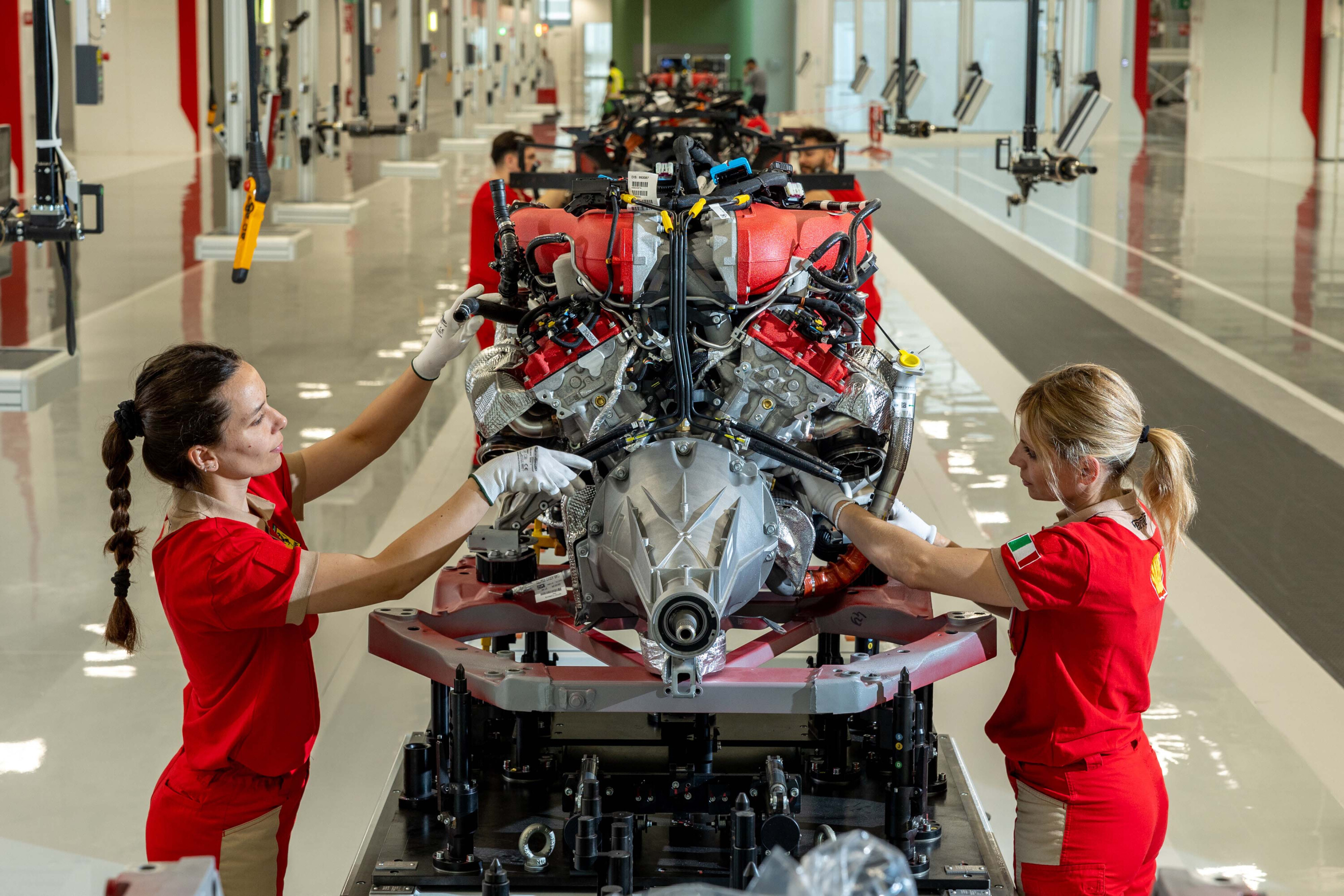A massive A$320m investment has seen the two-storey, 42,500sq m plant open adjacent to the existing Maranello plant.
Designed by Mario Cucinella Architect, this vast white edifice is a vision of Ferrari’s future, featuring autonomously operated handlers that silently carry the cars between workstations. With 3000 solar panels on the roof and a rainwater recycling system, it aims to reduce the overall carbon emission per car built, such that 60 percent of the energy used for battery and motor testing would be recovered and redirected.
Rather than increase overall capacity, Ferrari is keen to point out that the new assembly facility will instead allow it to be more flexible and cater better to the personalisation requirements of customers.
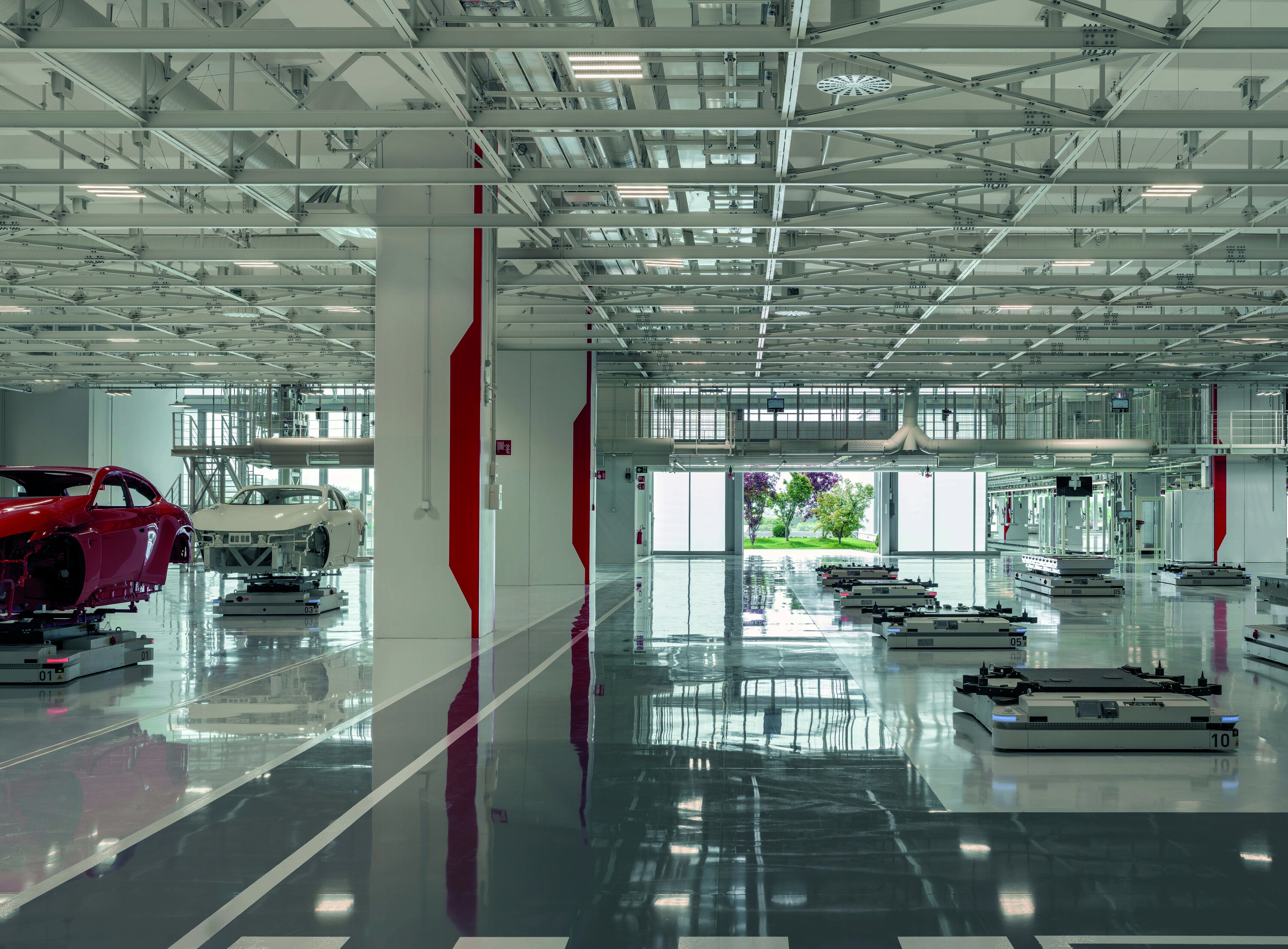
Previously, both standard series production models and low-volume specials shared production lines.
Now the new plant can handle the less specialist cars, while the existing facility can devote more time to indulging customers who want a genuine one-of-one experience.
That’s key. CEO Benedetto Vigna, underlined how increasing volume is not the solution to growing the company. “So, more money per car basically. We want to grow the company but not because we increase volumes,” he said, refusing to cite a specific volume capacity for the dual plants.
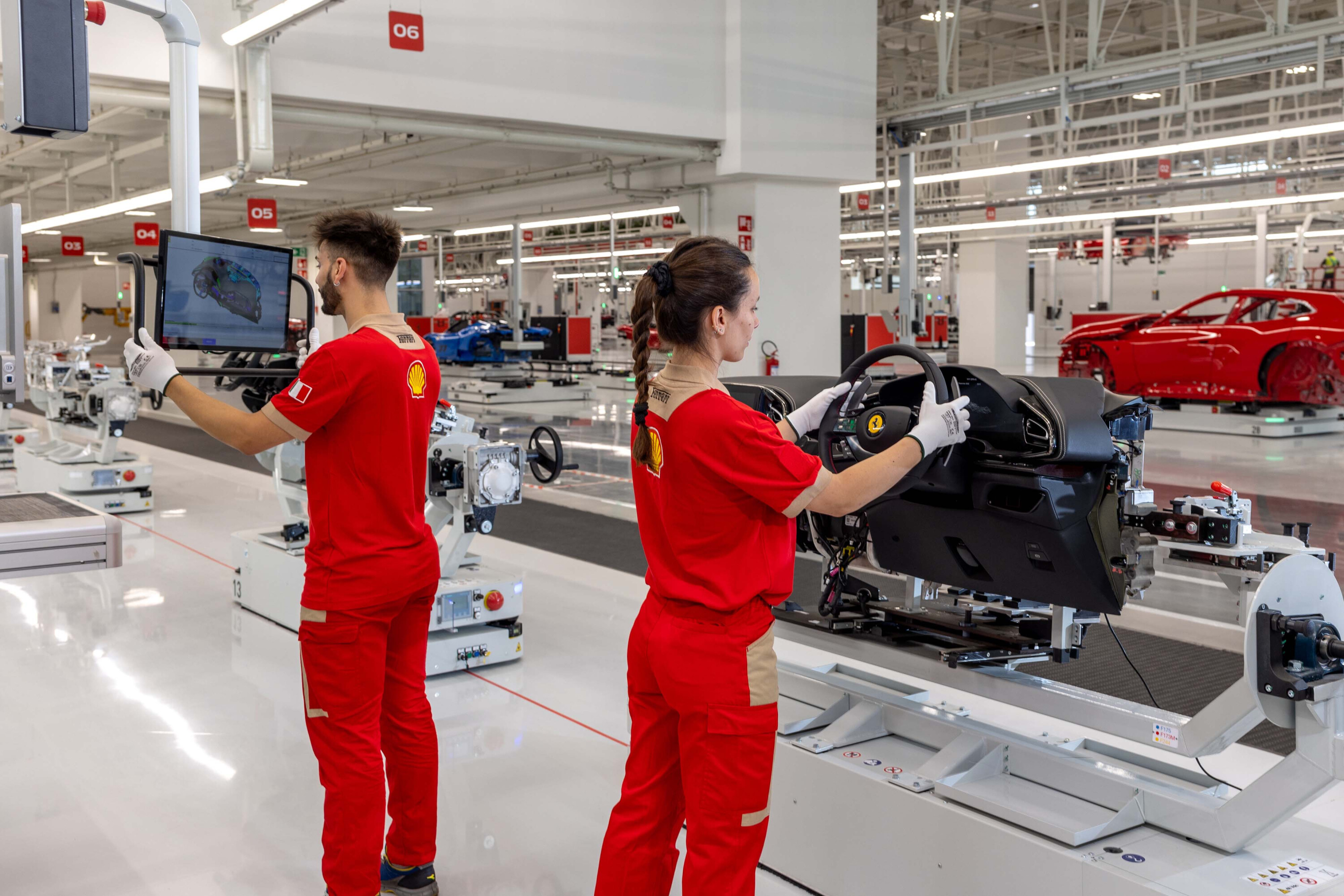
A quick and dirty calculation would seem to suggest that the two plants could achieve a maximum capacity of 20,000 cars per year, up on the 2023 figure of 14,000 vehicles, but to increase volumes would come at the cost of the brand’s exclusivity.
Ferrari’s first EV will be built in the new plant from 2026, and it’s a move that involves retaining a considerable amount of technological capital in-house. Although Ferrari will source the battery cells from an outside supplier, the pack itself, its cooling, the motors, inverters and axles will all be built at the e-building.
“The full electric Ferrari demands new technologies, components and processes, which we want to design, engineer and handcraft here in Maranello,” explained Vigna. “
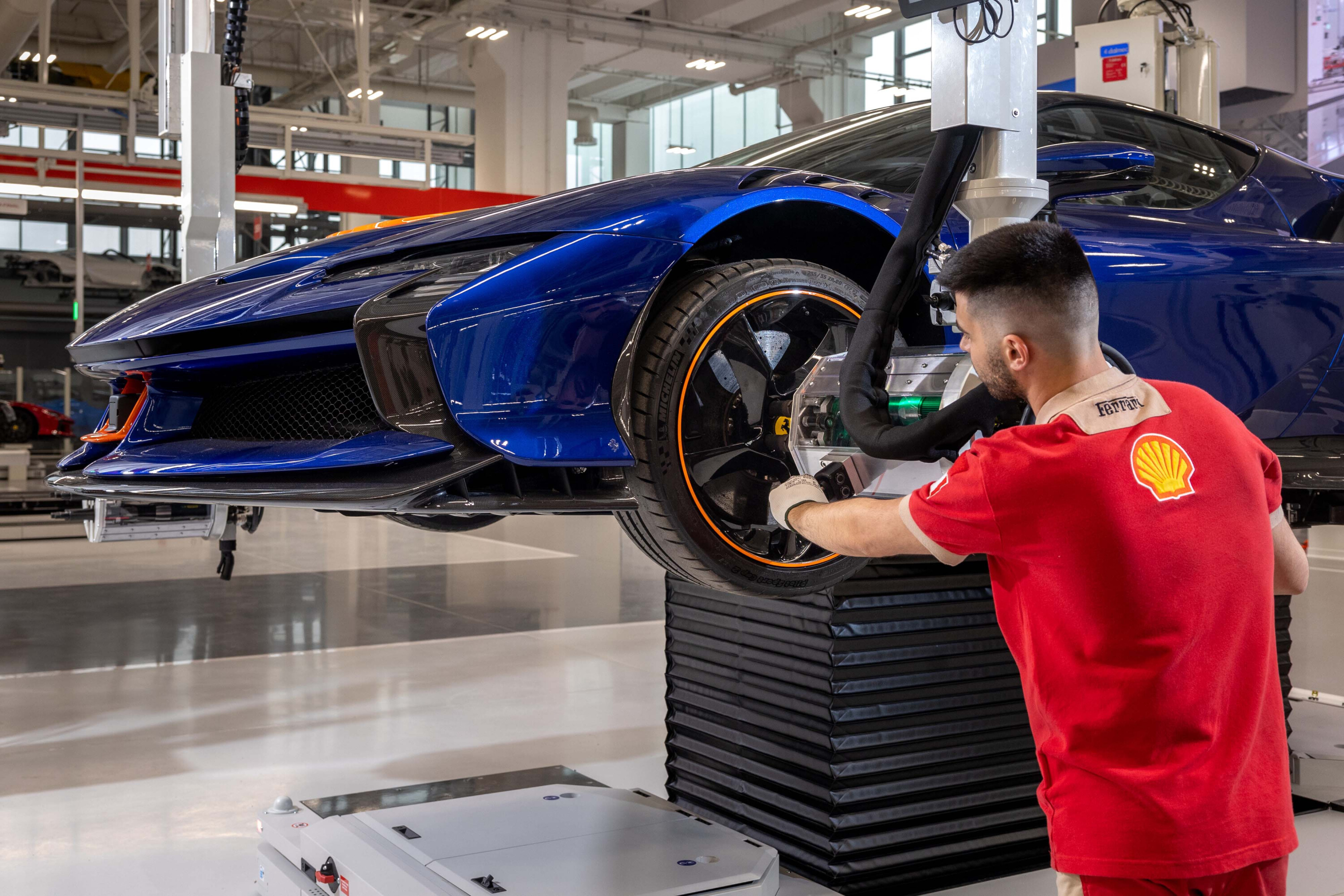
We have specifically invested in the E-building, it will enable us to keep our know-how in-house and maintain our competitive advantage in the years to come.
“By mastering this full system, we can make a palpable difference. It will ensure that an electric Ferrari continues to deliver the distinctive driving thrills that all Ferraris have.”
Reuters has previously reported that the first Ferrari EV is expected to carry a 500,000 Euro price tag, with a second model in development.
We recommend
-
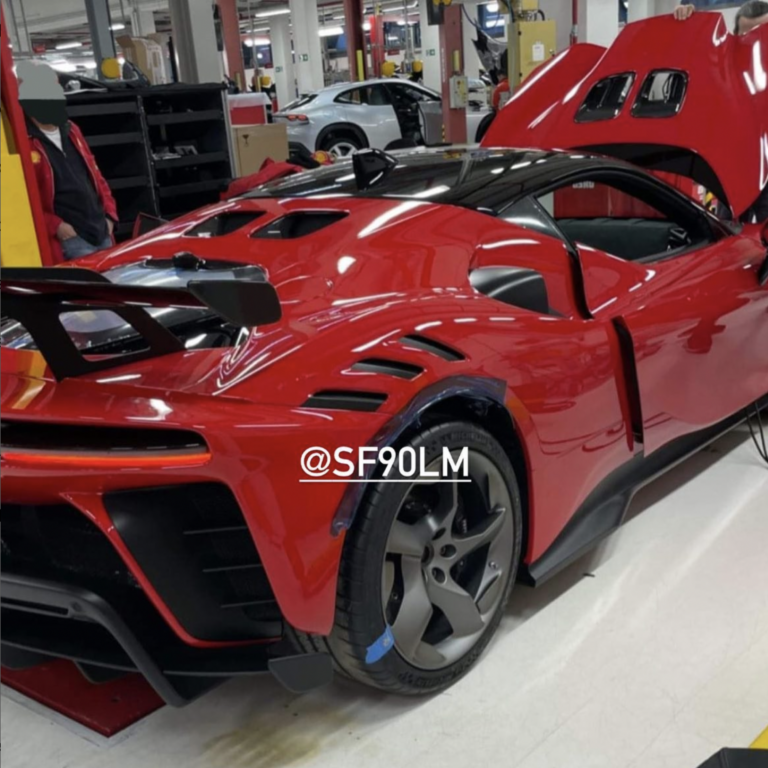 News
News2024 Ferrari SF90LM Versione Speciale leaked on Instagram
Pictures of Ferrari’s latest supercar flagship have surfaced on Instagram
-
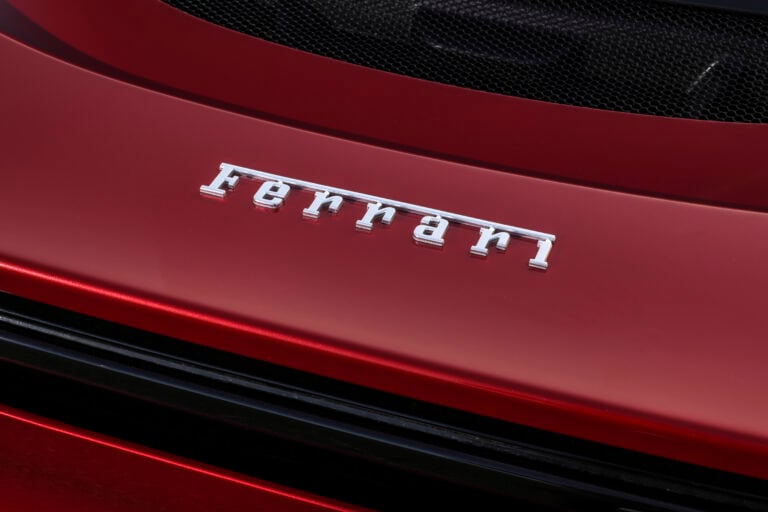 News
NewsFerrari patents EV engine noise for electric hypercar in 2025
Ferrari’s first all-electric supercar, due in 2025, is set to debut artificial EV driving noises in lieu of an engine exhaust
-
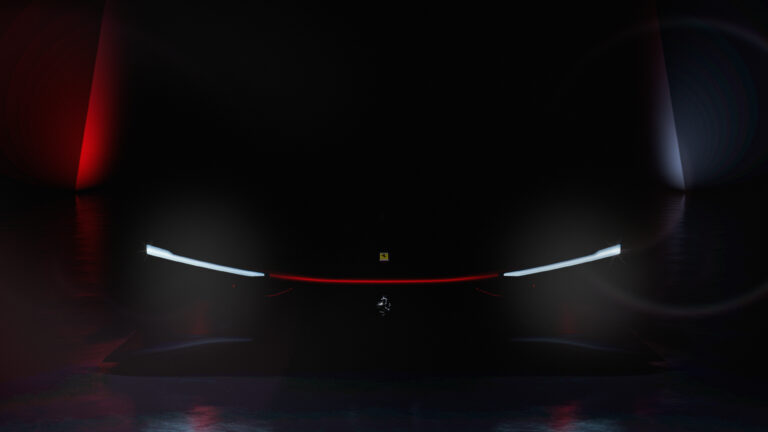 News
NewsFerrari to launch 15 new cars by 2026, EV and hypercar confirmed
By 2026, only 40 per cent of Ferrari road cars will be powered by a pure combustion engine, while five per cent are set to be fully electric


